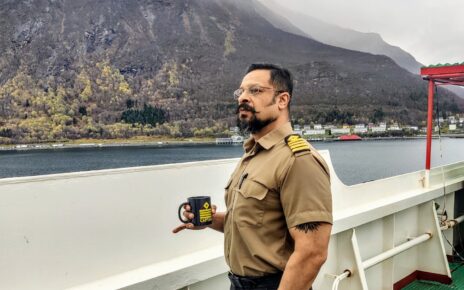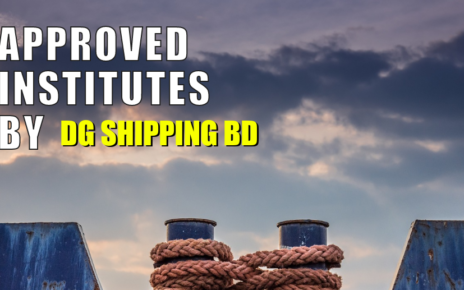In this post we will clearly discuss the slot welding that is carried out on a rudder of big ships or let’s say merchant ships to be more precise.
Slot welding is a common technique used in the manufacturing of rudders for merchant ships. It involves creating a slot or groove in the material to be welded and then filling the slot with weld material. This process creates a strong, durable weld that can withstand the harsh conditions of the marine environment.
Why need slot welding for rudder and no other type?
The reason is the construction. The rudder is made of two major sides plates. Confused? first look at the image below. When making rudder internal webbing of stiffener done on one plate. But problem comes when you have to weld other side to cover the rudder? you can’t make hole and weld this plate with inner stiffeners. So what is done is that, on the other plate you have to drill holes, and these holes should coincide with stiffeners which are inside. And then you fill this space with welding. This way you get very strong weld. After job is done, these surfaces are griding to give it a very smooth surface.

The rudder of a ship is a critical component that helps to steer the vessel. It is typically made from high-strength steel or other metals that can withstand the forces and stresses of operating in the open sea. Slot welding is often used to join the various sections of the rudder together, as well as to attach the rudder to the ship’s hull.
To perform slot welding on a rudder, a skilled welder will first prepare the metal surfaces to be welded. This involves cleaning the surfaces and removing any rust, dirt, or other debris that could affect the quality of the weld. The welder will then create a slot or groove in the material to be welded, using a cutting tool or other equipment.
Next, the welder will use an arc welding process to fill the slot with weld material. This process involves using an electric arc to melt the metal and create a bond between the two pieces of material. The welder will carefully control the temperature and flow of the welding material to ensure a strong, even weld.
Once the weld is complete, the rudder will undergo a series of tests to ensure it is strong, durable, and able to withstand the stresses of operating in the marine environment. These tests may include visual inspections, x-ray analysis, and other techniques to detect any flaws or defects in the weld.
Overall, slot welding is a critical technique in the manufacturing of rudders for merchant ships. By using this technique, shipbuilders can create strong, reliable rudders that can help keep the vessel on course even in the roughest seas.
Slot welding is commonly used in the manufacturing of rudders for merchant ships for several reasons:
- Strength: Slot welding creates a strong and durable weld that can withstand the stresses and forces of operating in the marine environment. The rudder is a critical component of the ship’s steering system, and it must be able to withstand high levels of stress and strain.
- Efficiency: Slot welding is an efficient welding technique that can be used to join large sections of metal quickly and easily. This makes it an ideal technique for manufacturing large, complex components such as rudders.
- Cost-effectiveness: Slot welding is a cost-effective welding technique because it requires fewer weld passes than other welding methods. This reduces the amount of time and labor required to manufacture the rudder, which can help reduce production costs.
- Aesthetics: Slot welding produces a clean and aesthetically pleasing weld that is flush with the surface of the metal. This makes it an ideal technique for welding components that will be visible or require a smooth finish.
Overall, slot welding is a reliable and efficient welding technique that is well-suited for manufacturing rudders for merchant ships. It creates strong, durable, and visually appealing welds that can withstand the harsh conditions of the marine environment.



